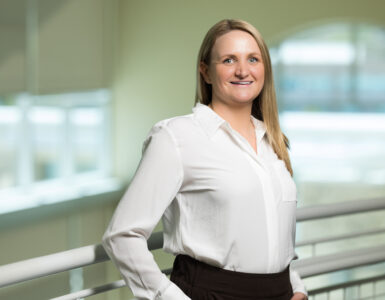When should women begin to get mammograms?
Before we start, it is important to know there are two types of mammograms – screening mammograms and diagnostic mammograms.
Screening mammograms are for asymptomatic patients without any breast complaints. Screening mammograms have been shown to reduce mortality from breast cancer by 29 – 54%. The American College of Radiology, the Society of Breast Imaging, the American College of Obstetrics and Gynecology, and the American Cancer Society all recommend annual screening exams starting at the age of 40. Screening beginning at 40 years of age is important. Younger women usually have tumors with faster growth rates, higher interval cancers (that is, cancers detected the following year) and denser breast tissue. So even though the incidence of breast cancer is lower in women aged 40 – 49, the tumors in general tend to be more aggressive and annual screening exams are recommended. In 2009, the US Preventive Services Task Force (USPSTF) issued guidelines that were controversial. These guidelines were screening mammograms every 2 years in women 50 years of age or older and no routine screening in women under 50. These recommendations are not supported by the ACS, SBI, NCI, and ACR. In fact, on December 3, 2009, the US Senate passed an amendment to the Health Care Reform Act guaranteeing women universal access to mammography at the age of 40.
A few other points regarding screening mammograms should be mentioned here. Women who are BRCA mutation carriers should have an annual mammogram and annual breast MRI by the age of 30. Women with a first degree relative (mother, sister, daughter) with a history of premenopausal breast cancer should have a screening mammogram 10 years before the age of the youngest relative affected. Women with a history of thoracic radiation between the ages of 10 and 30 should have an annual mammogram and MRI starting 8 – 10 years after treatment.
Diagnostic mammograms are performed when a woman has a clinical breast problem or if an abnormality is seen on her screening mammogram. Diagnostic mammograms include additional views in addition to those performed on a routine screening mammogram. Breast ultrasound examination is also performed in addition to the mammogram in many clinical instances. Some diagnostic breast symptoms include new lump, focal breast pain, skin thickening, change in breast size or shape, and nipple discharge.
Should women be concerned about the exposure to radiation?
The dose of radiation in mammography is very small and the risk of harm is very low. The benefits of mammography outweigh the potential harm from radiation exposure.
Why is it important to do self breast examinations?
Self breast awareness if very important. A woman should know what her breasts feel like in order to determine if there is a change. Most breasts feel lumpy and uneven. Many breasts have premenstrual swelling and tenderness.
Breasts change in pregnancy, with aging, with menopause, during the menstrual cycle, with hormone replacement therapy and birth control pills. So it is important to examine your breasts and be aware of what is normal for you so that you can detect any changes. Finding a cancer when it is small markedly increases the chances for a cure.
Should women follow with their physician if they feel any type of lump?
If a woman feels a new lump in her breast, she should absolutely follow up with her doctor. It is important to remember most lumps are not breast cancer. Your health care provider will perform a clinical breast exam and order additional studies if indicated (Diagnostic mammogram, breast ultrasound). The best time to evaluate your breast for lumps is on day 7-10 of the menstrual cycle (the first day of your period is day 1).
How can you tell the difference between concerning lumps and fibroids?
In general, fibrocystic changes tend to be mobile and often there is more than one lump. In general, cancerous lumps tend to be hard and firm and not very mobile. With that being said, any new lump or change in your breast should be followed up with your physician. Not all cancerous lumps are hard and not all mobile and softer lumps are benign.
Dr. Betsy Card is a board-certified Radiologist at Great Basin Imaging







